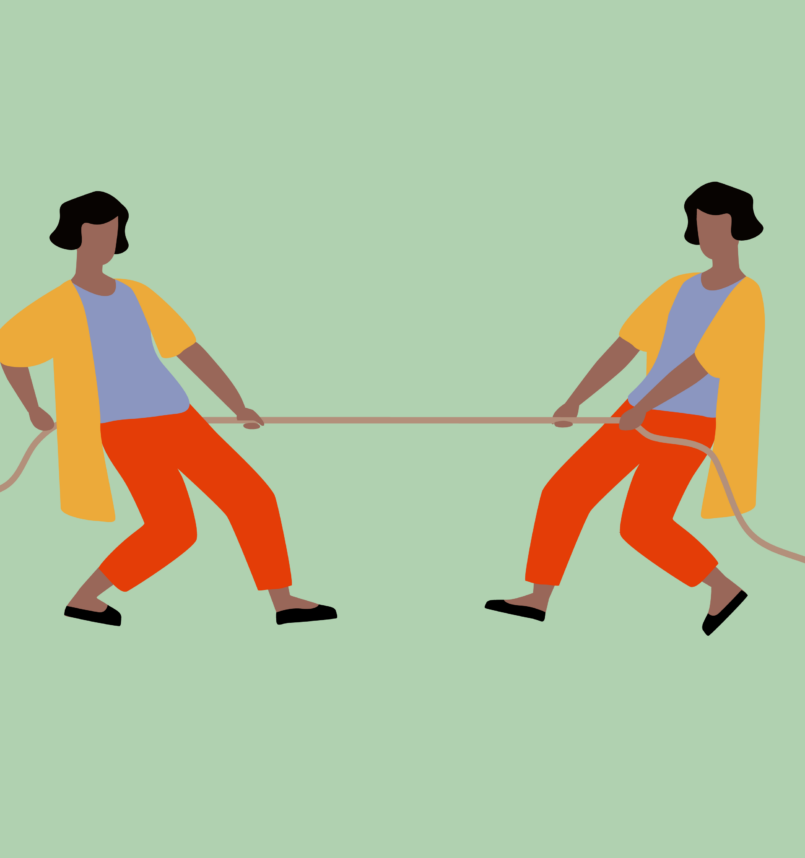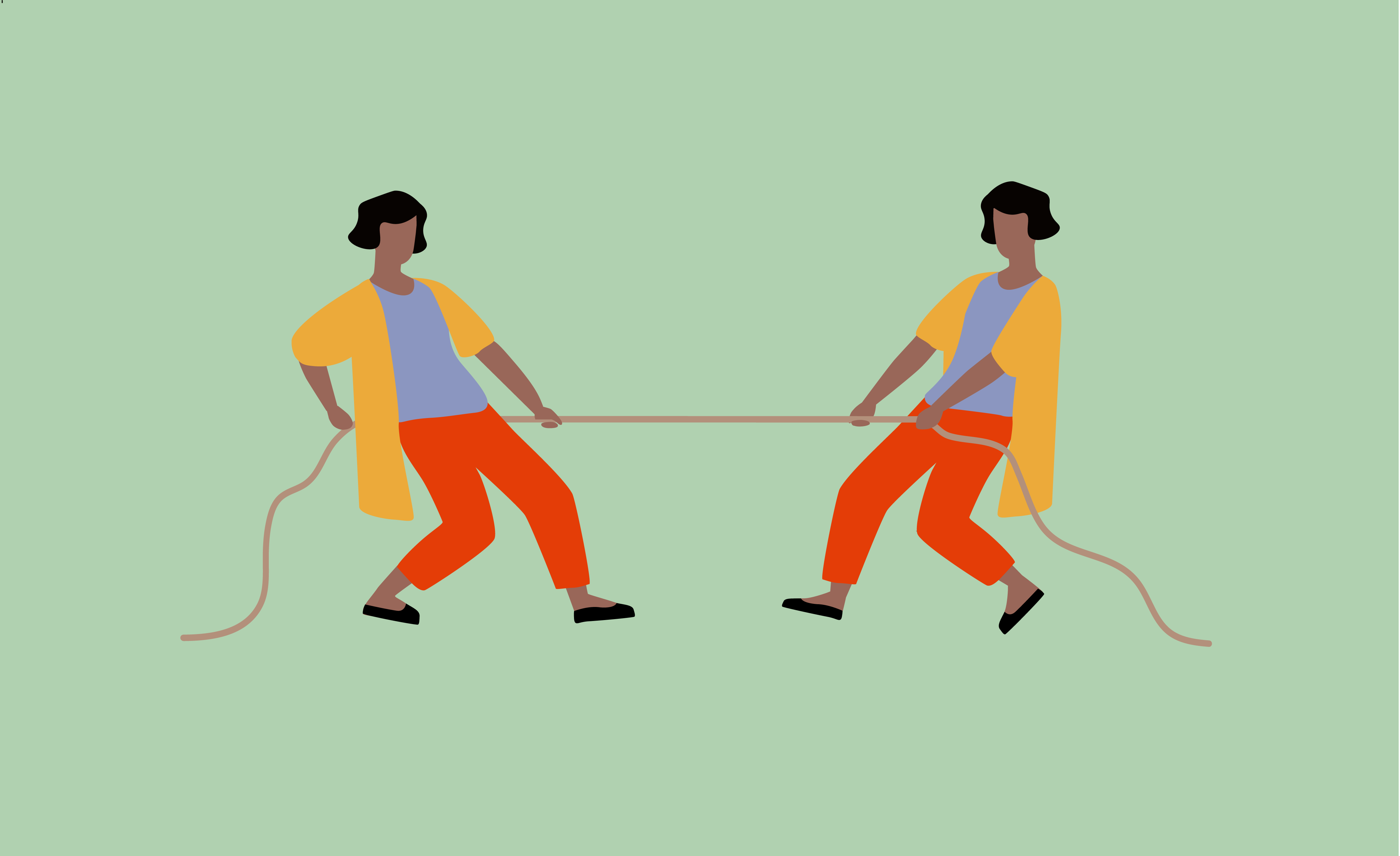WRITING IN BLACK by Jannali Jones

 When I first started writing stories I was compelled by the inspiration I found when reading books. Back then it was about making the stories last longer, letting the excitement that I felt reading horror and adventure books continue beyond the end page. My first short stories were suspiciously similar to the Goosebumps series, but then, I was only about six or seven years old. Still, I enjoyed inventing new characters and scary encounters. I kept writing stories over the years growing up, and they’d usually reflect what I was reading at the time. After horror came my science fiction obsession, then fantasy, right up until I studied creative writing at university and learned the value of wide reading. I can still remember many of my half-cooked ideas – a rivalry between two space cadets, a post-apocalyptic odd bunch fighting off mutations, and an epic saga about pirates plundering the depths of the oceans of a fantasy world. So what did all of these stories have in common? Not one of them contained any Indigenous characters or themes. What I wrote was a reflection of the majority of the literature that I had been exposed to – that of white Australian, New Zealander, English and American authors.
When I first started writing stories I was compelled by the inspiration I found when reading books. Back then it was about making the stories last longer, letting the excitement that I felt reading horror and adventure books continue beyond the end page. My first short stories were suspiciously similar to the Goosebumps series, but then, I was only about six or seven years old. Still, I enjoyed inventing new characters and scary encounters. I kept writing stories over the years growing up, and they’d usually reflect what I was reading at the time. After horror came my science fiction obsession, then fantasy, right up until I studied creative writing at university and learned the value of wide reading. I can still remember many of my half-cooked ideas – a rivalry between two space cadets, a post-apocalyptic odd bunch fighting off mutations, and an epic saga about pirates plundering the depths of the oceans of a fantasy world. So what did all of these stories have in common? Not one of them contained any Indigenous characters or themes. What I wrote was a reflection of the majority of the literature that I had been exposed to – that of white Australian, New Zealander, English and American authors.
I started to become more serious about writing and the possibility of publication once I began my first full time job post-graduation. I needed a creative escape from the day-to-day rigidity of legal work. I heard about writing awards aimed at Indigenous authors. There were poetry competitions, opportunities for editors and even Indigenous publishing houses. I saw all of these as a chance to get a leg-up in the crowded world of wannabe writers. I could use my Aboriginal experience as a way to get recognised. However, nothing that I had written in the past seemed ‘Aboriginal’ enough to submit. I set about writing what I thought people wanted to read about; a certain ‘Aboriginal’ experience that was expected from an Indigenous author. I was slightly resentful about it, feeling that I had to write in this way in order to build any kind of career, when what I really wanted to write about was the romance between a gay prince and a pirate on a psychically-navigated tallship. What’s more, I felt like a phoney, writing about the Stolen Generation when I had no first-hand experience of it. Even though I was able to reach people through my writing – one woman approached me in tears saying how moved she was by my poetry – I still felt a generous dose of imposter syndrome. After all, this was a brand that I was trying to build, and what is a brand but a carefully planned and marketed construction. ‘Jannali Jones is an Indigenous author…’ read my bio, but still I felt lesser somehow than other authors like Melissa Lucashenko or Kim Scott, whose Aboriginality seemed to flow easily and without question.
I decided to do the most logical thing to do when faced with an identity crisis of a deeply personal nature. Academic research. I read up on Indigenous authors, who they were, what they’d written and their family background. I met with Anita Heiss, Terri Janke, and Larissa Behrendt to talk about writing. I even wrote papers about Indigenous literature, what it is and how it’s defined, presented at conferences amongst PhD candidates. Some years ago Anita Heiss wrote a PhD thesis-turned-book about Indigenous publishing in Australia called Dhuuluu Yala – To Talk Straight. In it, Heiss attempts to provide a definition of what an Indigenous author is, even noting that “the concept of Aboriginality is certainly a difficult thing to grasp for contemporary Australians”. It was a difficult thing for me to grasp, too. Instead of being open to different expressions of Aboriginality, not noticing the nuances between the writers or the celebration of different types of Indigenous writing through verse and prose, style and genre, I took away a reinforcement of my pre-drawn conclusions. Aboriginal literature is characteristically “the nexus between the literary and the political”, one source said.[i] “Indigenous authors are – almost by definition – political spokespeople”, a learned university professor declared.[ii] There I was right back at square one, with no experience of the politics and history of Aboriginal Australia – or so I believed – giving me exactly zero cred as an Aboriginal author.
It wasn’t until I started writing my debut novel, My Father’s Shadow, that I decided to let go of my inclinations to write what I thought people wanted me to write. To hell with it, I thought, I’m going to write what I want to write, with characters that interest me. I wanted to write something that was semi-literary, but still accessible, with multi-cultural characters, Aboriginal characters even, that existed without their Aboriginality being the focal point of the story. They were peppered with cultural sign-posts, but it wasn’t political in the way I had previously believed my writing should be. Once it was written, I felt so much freer. Here was a character I could relate to, whose Aboriginality was an important part of who they were, but it didn’t define them.
On the one hand, it is so important that we have Indigenous stories that reflect our history, that call attention to social and political issues. Literature is one of the ways we can have our voices heard, not retold by the non-indigenous mainstream media. On the other hand, expressions of Indigenous identity that aren’t strictly political or deal with clichéd Indigenous issues, those that don’t necessarily conform to expectations of ‘blackness’, are also important forms of storytelling. These are the narratives that can help break down the stereotypes, to help the mainstream grasp the concept of multicultural Aboriginality existing within the Indigenous community.
If I’d been able to experience more narratives as a child that reflected who I was as an Aboriginal Australian, I think my understanding of my own identity would have been a lot easier to grasp, and would have come more naturally, rather than something I had to seek out. Thinking back on my early writing, it’s clear that the literature that I was exposed to played a major role in influencing how I wrote. My notion of writing about white characters and white stories as being ‘normal’ was nothing but buying into a cultural relativistic perspective that wasn’t even my own. My hope is that I can raise my own child in a culturally safe way, a way in which the white experience doesn’t become the norm and anything else the exotic other.
[i] Heiss, A. & Minter P. 2008, Macquarie PEN Anthology of Aboriginal Literature, Allen & Unwin, Crows Nest, New South Wales p. 2.
[ii] Shoemaker, A. 1998, ‘Tracking Black Australian Stories: Contemporary Indigenous Literature’, in B. Bennett & J. Strauss (eds), The Oxford Literary History of Australia, University Press, Melbourne, Victoria p. 345.
[1] Heiss, A. & Minter P. 2008, Macquarie PEN Anthology of Aboriginal Literature, Allen & Unwin, Crows Nest, New South Wales p. 2.
[1] Shoemaker, A. 1998, ‘Tracking Black Australian Stories: Contemporary Indigenous Literature’, in B. Bennett & J. Strauss (eds), The Oxford Literary History of Australia, University Press, Melbourne, Victoria p. 345.
Jannali Jones is a Krowathunkoolong woman of the Gunai nation. She holds a Master of Arts in Creative Writing from the University of Technology, Sydney. Jannali was the winner of the 2015 black&write! Indigenous Writing Fellowship and an inaugural recipient of Magabala’s Australian Indigenous Creator Scholarship. Her short stories and poetry have been published in literary journals in Australia and overseas, including Overland, Southerly, The Review of Australian Fiction and Westerly. When not writing, Jannali enjoys spending time with family, video gaming, going to the movies and reading. My Father’s Shadow is her first book.
Copyright © 2020 Jannali Jones.
This story has been licensed to the Centre for Stories by the Storyteller. For reproduction and distribution of this story/image please contact the Centre for Stories.
This story was published on 19 June 2020.